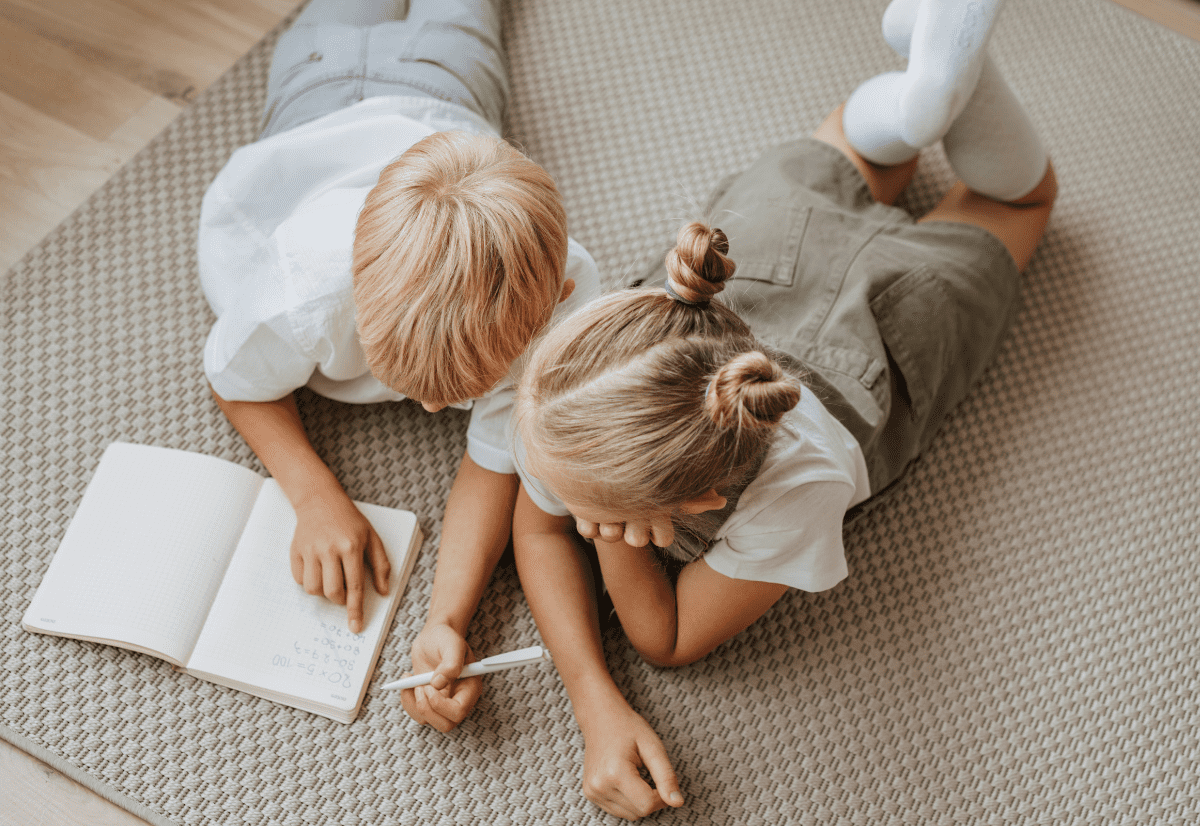Blog
Partnering with Learning: A Parent’s Guide to Kids Education

In the dynamic landscape of education, parents play a crucial role in shaping their children’s learning experiences. As we delve into the intricacies of partnering with learning, let’s explore each facet with a keen focus on providing detailed insights.
Education forms the bedrock of a child’s future, and parents are the primary architects of their learning journey. Acknowledging the significance of this partnership lays the groundwork for a successful educational experience.
Understanding Learning Styles
Identifying your child’s learning style is a nuanced process that involves keen observation and collaboration with teachers. Through close observation of their preferences in activities and learning methods, supplemented by insights from educators, you can tailor educational approaches to suit their individual style. This customization enhances comprehension and retention, making the learning process more effective and enjoyable.
Building a Learning-Friendly Environment
Creating a conducive learning environment at home goes beyond merely providing study materials. Designing a dedicated study space, free from distractions, establishes a focused atmosphere conducive to effective learning. Additionally, setting a routine helps instill discipline and consistency in your child’s study habits, fostering a sense of responsibility towards their education.
Utilizing Technology Wisely
In the era of digital advancements, technology can be a valuable ally in education. However, it’s crucial to wield this tool wisely. Selecting age-appropriate educational apps and websites aligns technology with your child’s developmental stage. Implementing screen time boundaries ensures a healthy balance, preventing over-reliance on screens and encouraging a diverse range of activities.
Effective Time Management
Collaborating with your child to create a daily schedule is a valuable lesson in time management. Balancing academic commitments with extracurricular activities teaches them to prioritize and manage their time effectively. This skill set becomes increasingly important as they progress through their educational journey and beyond.
Encouraging Critical Thinking
Critical thinking is a cornerstone of effective learning. Engaging in thought-provoking discussions with your child cultivates their ability to analyze, question, and form independent opinions. Incorporating problem-solving activities into daily routines stimulates their cognitive abilities, nurturing a mindset geared towards creative problem-solving.
Healthy Communication with Teachers
Establishing open and regular communication channels with your child’s teachers is pivotal. This partnership ensures you are informed about your child’s progress, challenges, and achievements. Promptly addressing any concerns and collaborating with teachers contributes to a holistic approach to your child’s education.
Promoting a Love for Reading
Building a home library with books spanning various genres lays the foundation for a lifelong love of reading. Making reading a family activity not only enhances literacy skills but also fosters a bond through shared literary experiences. This simple yet powerful practice contributes significantly to your child’s cognitive and emotional development.
Embracing Creative Learning
Creativity is a skill that extends beyond the realms of art. Encouraging creativity through arts, crafts, and imaginative play provides an outlet for self-expression. These activities not only nurture creativity but also contribute to the development of problem-solving skills and a broader understanding of the world.
Instilling a Growth Mindset
In a culture that often emphasizes perfection, instilling a growth mindset becomes imperative. Celebrating effort, resilience, and the willingness to take on challenges fosters a mindset that sees setbacks as opportunities for growth. This mindset lays the groundwork for a lifelong attitude of continuous learning and improvement.
Physical Well-being and Learning
The connection between physical well-being and cognitive development is well-established. Regular exercise contributes to improved concentration, enhanced memory, and overall cognitive function. Similarly, promoting healthy eating habits ensures your child receives the necessary nutrients to support their physical and mental well-being.
Balancing Extracurricular Activities
While extracurricular activities are beneficial, striking a balance is key. Choosing activities aligned with your child’s interests and abilities ensures they derive maximum enjoyment and learning from these pursuits. Avoiding over-scheduling preserves time for rest and relaxation, preventing burnout and maintaining a healthy balance.
Monitoring Progress and Celebrating Achievements
Regular assessments provide valuable insights into your child’s academic progress. Acknowledging and celebrating milestones and improvements, no matter how small, reinforces a positive attitude towards learning. This recognition serves as motivation for continued effort and commitment to their educational journey.
Addressing Challenges and Learning Disabilities
Vigilance is crucial in recognizing signs of learning difficulties. Be attentive to changes in your child’s behavior, performance, or attitude towards learning. In the face of challenges, seeking professional guidance promptly ensures that appropriate interventions are implemented to support your child effectively.
Partnering with your child’s learning journey is not a passive role but an active and collaborative endeavor. As a parent, your engagement in their education is a continuous process that evolves with their growth. By understanding their unique needs, fostering a positive learning environment, and actively participating in their educational experiences, you contribute significantly to their success, both academically and personally.
FAQs
- How can I identify my child’s learning style?
- Observe their preferences in activities and learning methods. Consult with teachers for additional insights. Some children may thrive in visual learning environments, while others may prefer hands-on experiences.
- What role does technology play in my child’s education?
- Technology can be a powerful tool when used judiciously. Age-appropriate educational apps and websites can supplement traditional learning methods, but it’s crucial to maintain a balance and monitor screen time to ensure a holistic approach to education.
- How do I address learning difficulties in my child?
- Look for signs such as a sudden decline in academic performance, behavioral changes, or persistent struggles with specific subjects. Open communication with teachers and seeking professional guidance can help identify and address learning difficulties early on.
- Is it essential to have a dedicated study space at home?
- Yes, a dedicated study space provides a focused environment for learning. It helps minimize distractions and signals to your child that this is a designated area for academic activities, promoting a mindset conducive to concentration and productivity.
- How can I promote a love for reading in my child?
- Building a diverse home library with books catering to different interests and reading levels is a great start. Additionally, make reading a shared family activity by discussing books, exploring new genres, and visiting libraries or bookstores together.










